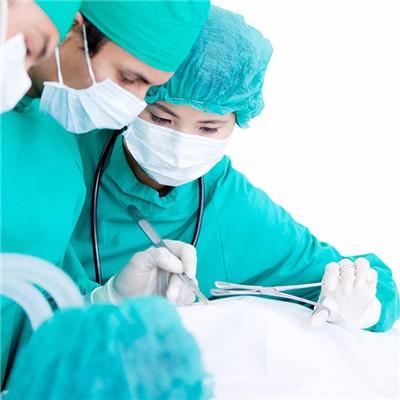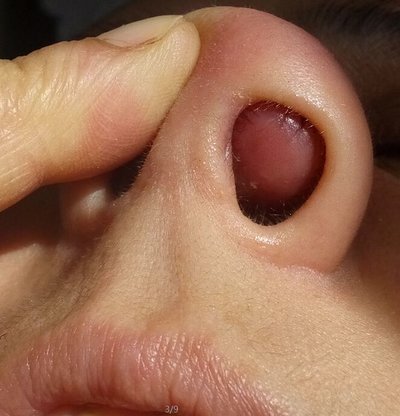AIDS symptoms after the incubation period?
summary
After the incubation period of AIDS, the symptoms and signs related to AIDS began to appear, until it developed into a typical aids for a period of time. During this period, there were many names, including "AIDS related syndrome", "lymphadenopathy related syndrome", "persistent generalized lymphadenopathy", "pre AIDS syndrome" and so on. At this time, the patient has acquired the most basic characteristics of AIDS, namely cellular immune deficiency, but the symptoms are mild. The main clinical manifestations were as follows
AIDS symptoms after the incubation period?
1. Patients with systemic symptoms often have systemic discomfort, muscle pain and other symptoms of viral diseases. About 50% of the patients have fatigue, weakness and periodic low fever, often lasting for several months. Night sweats, more than 5 times in a month. About one third of the patients lost more than 10% of their body weight. This weight loss can not be explained by fever alone, and it can not be controlled by adding enough heat. Some patients have headache, depression or anxiety, some have sensory neuropathy, which may be related to the virus invasion of the nervous system, and some may have reactive mental disorders. Splenomegaly can occur in 3 / 4 patients.

2. Lymphadenopathy is one of the most important clinical manifestations in this stage. It is mainly superficial lymph node enlargement. The most common sites were head and neck, axillary, inguinal, cervical, preauricular, retroauricular, femoral and submandibular lymph nodes. Generally, there are at least two parts, some as many as a dozen. The enlarged lymph nodes did not respond to the general treatment, and often continued to expand for more than half a year. About 30% of the patients had only superficial lymphadenopathy without other systemic symptoms.

3. In addition to the above-mentioned superficial lymphadenopathy and systemic symptoms, patients often have a variety of special or recurrent non fatal infections. Repeated infection will accelerate the development of the disease, so that the disease into a typical AIDS phase. About half of the patients have severe tinea pedis, usually unilateral, and lack of effective response to local treatment. Staphylococcus infection and bullous pyoderma often occur in the armpit and groin of the patients. Condyloma acuminatum and verruca vulgaris virus infection often occur in the perianal, genital, weight-bearing parts and oral mucosa of the patients. The incidence of herpes simplex in the mouth and lips and herpes zoster in the chest was also significantly higher than that in the normal population. Oral Candida albicans is also quite common, mainly manifested as oral mucosal erosion, congestion, with cheese like covering.

matters needing attention
Other common infections include non streptococcal pharyngitis, acute and chronic sinusitis, and intestinal parasitic infections. Many patients defecate more times, thin, with mucus. It may be related to proctitis and the invasion of a variety of pathogenic microorganisms. In addition, oral hairy leukoplakia can appear, the existence of hairy leukoplakia is an important clue for early diagnosis of AIDS.













